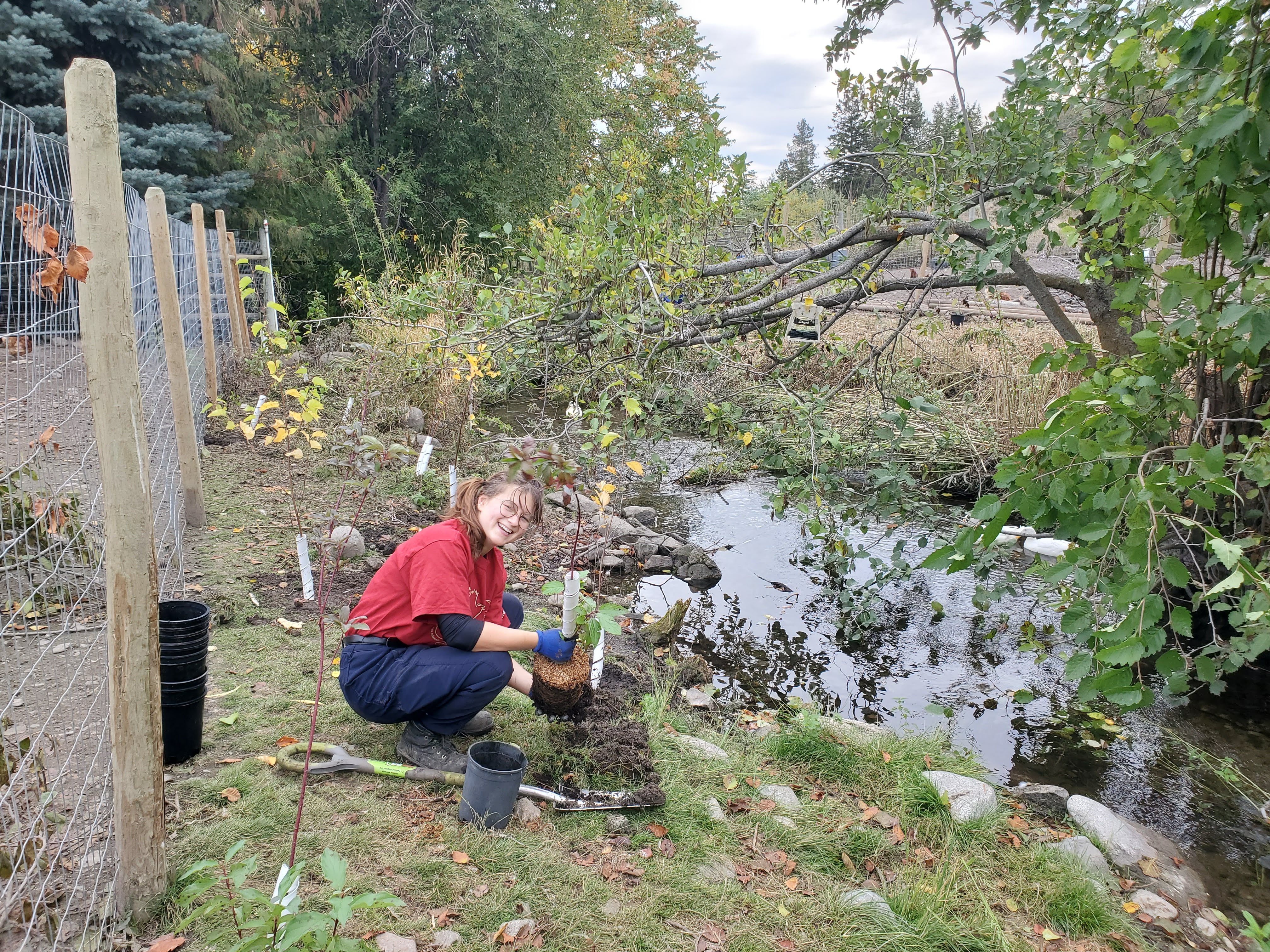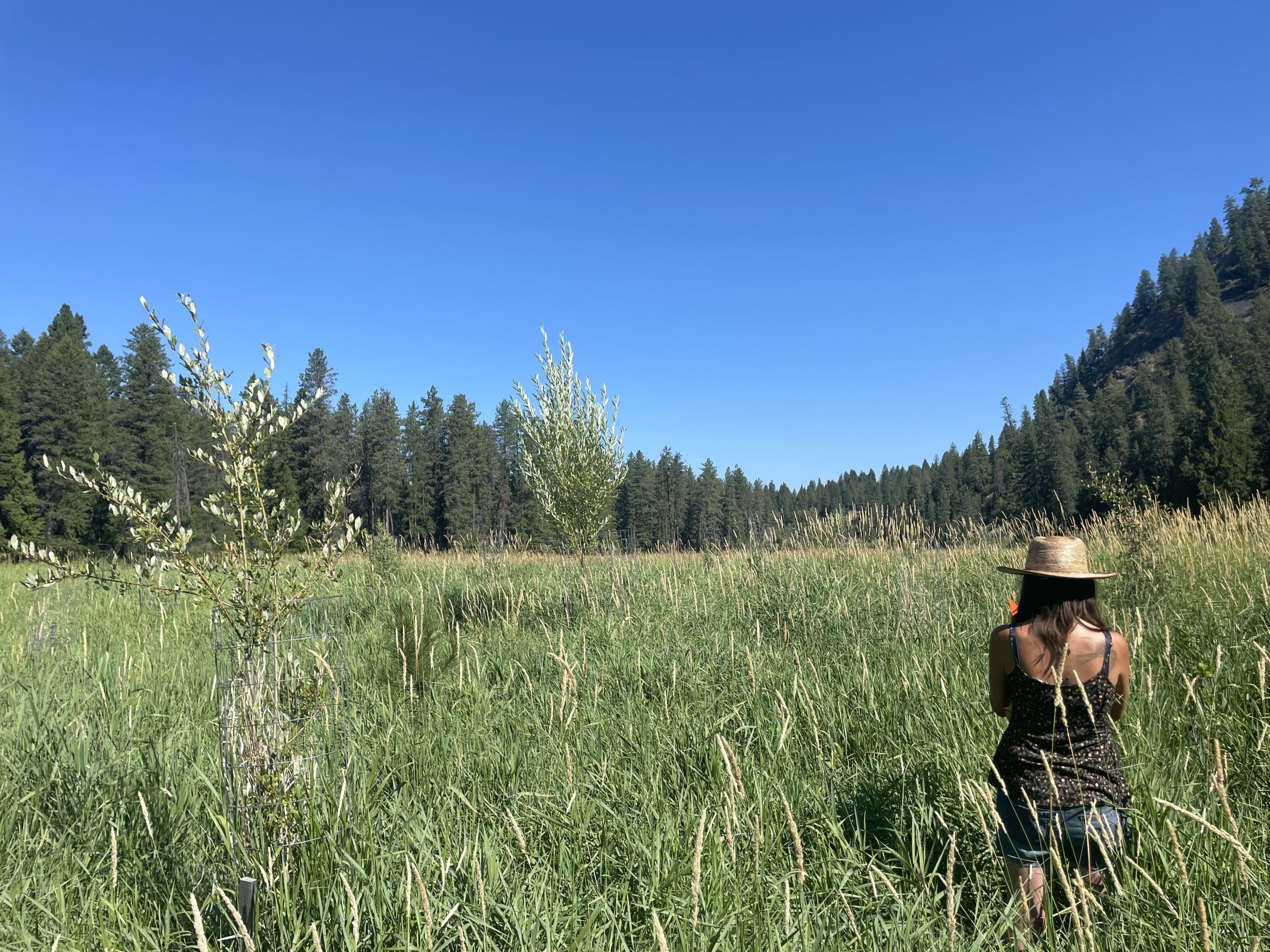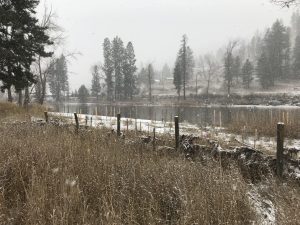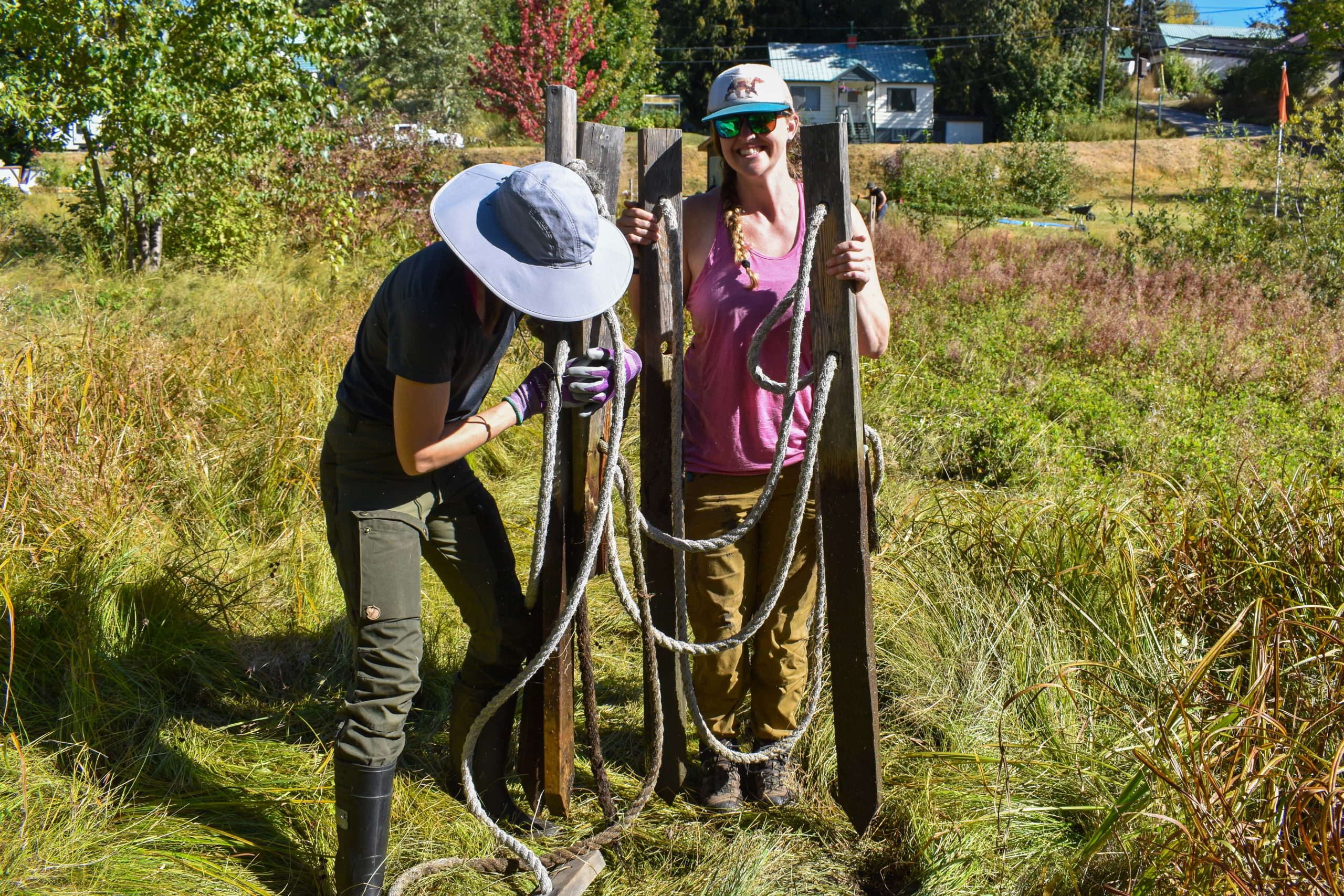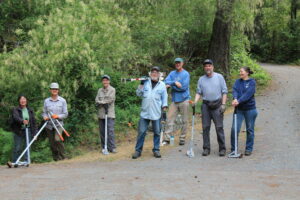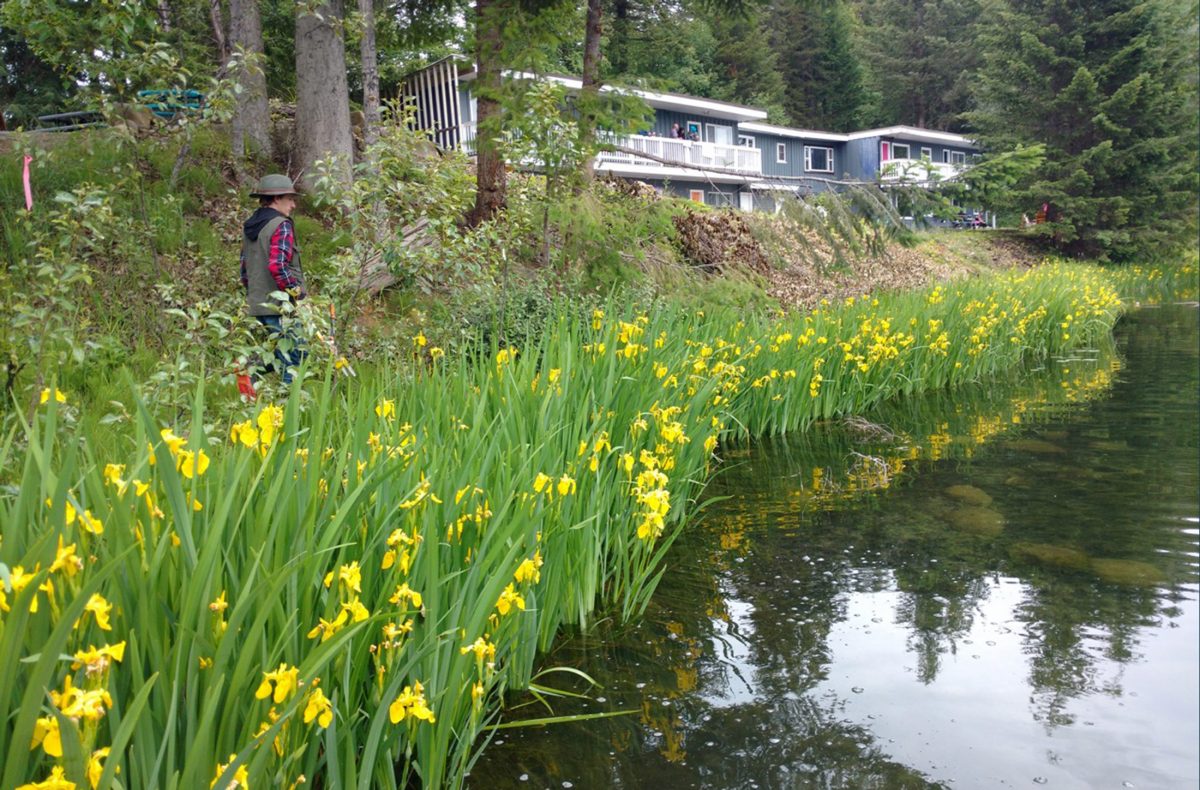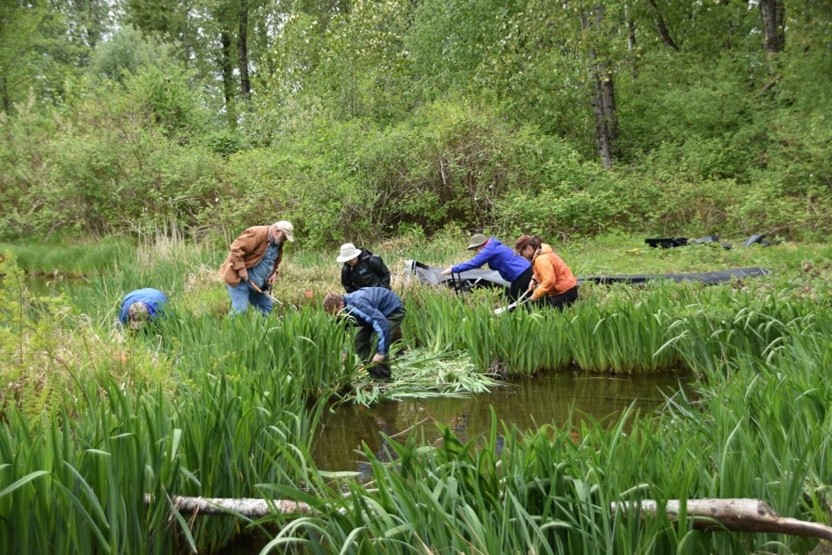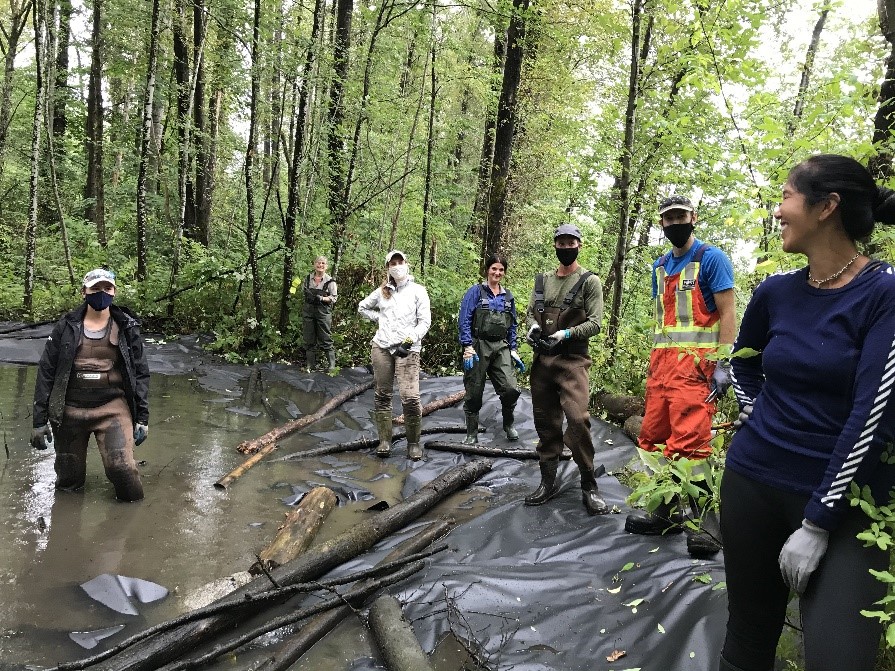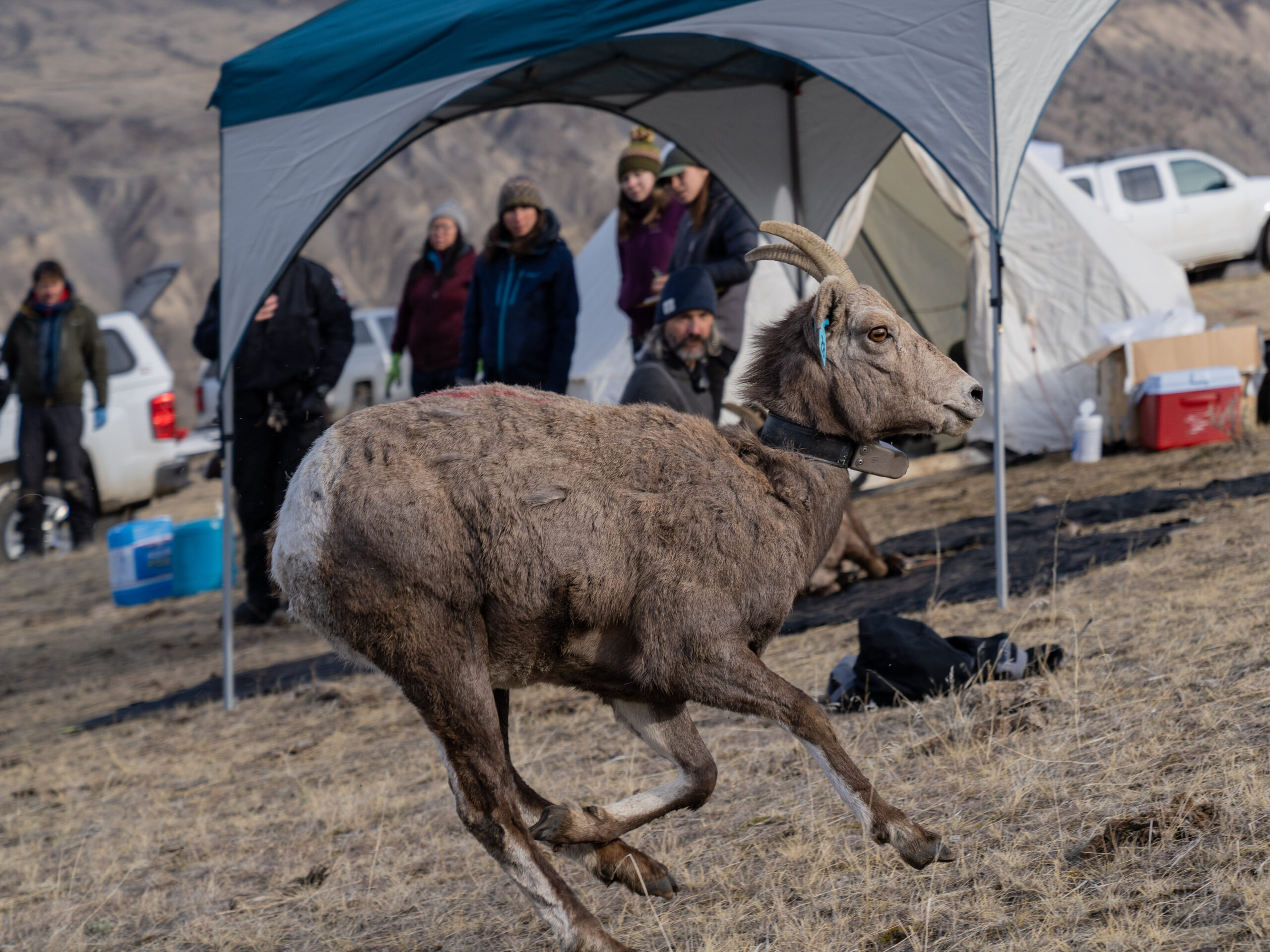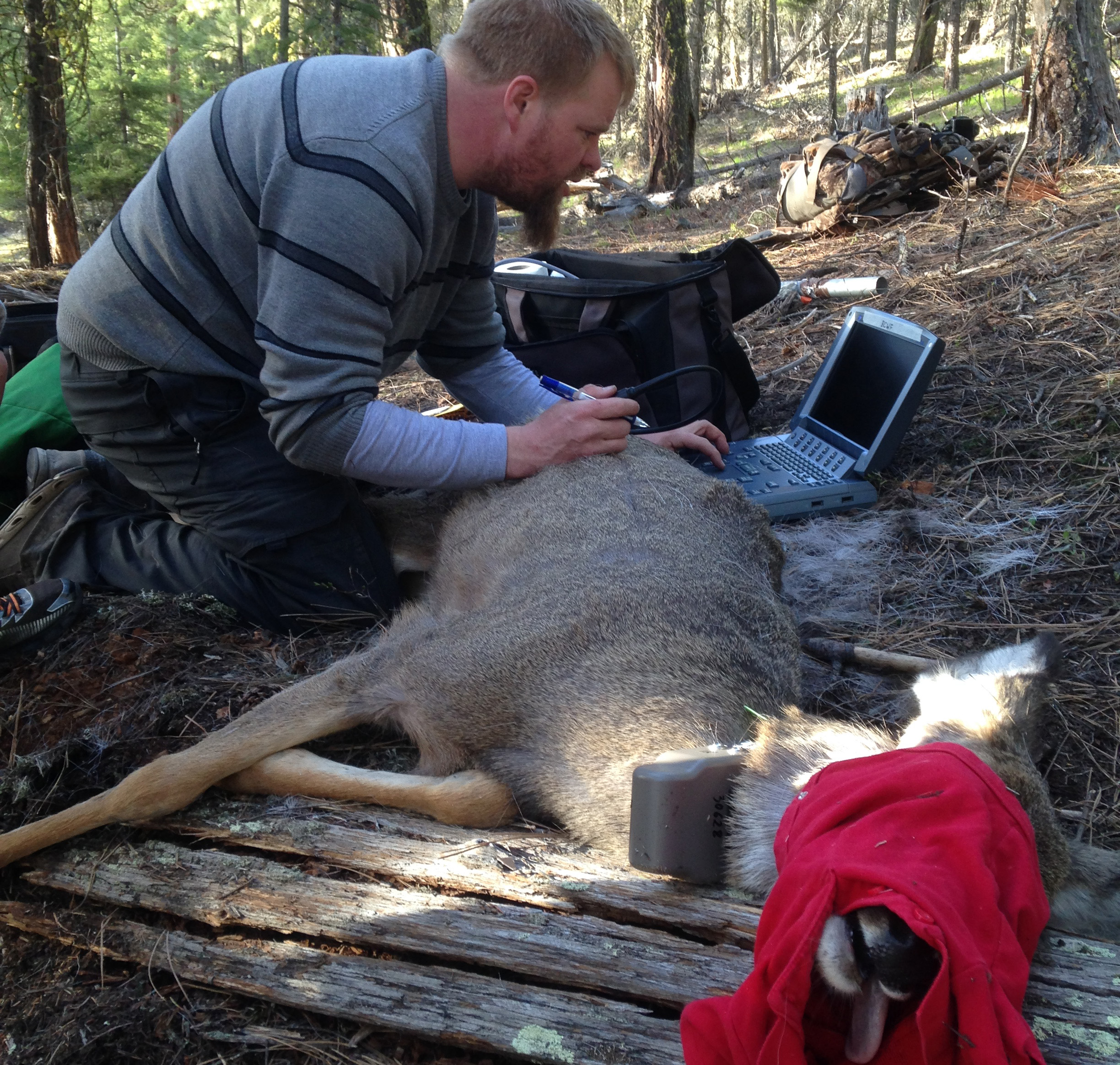HCTF recently approved over $560k in funding for 41 conservation stewardship projects throughout B.C.
Projects under HCTF’s Action, Capacity, and Community Grant programs are included in the funding.
Action Grants, which have a two-year term, support projects that directly involve people and communities to change behaviours and/or practices leading to positive and measurable conservation outcomes.
Action Grant projects this year include:
• $32,000 to promote sustainable land stewardship on Anarchist Mountain that supports wildlife habitat, reduces human-wildlife conflict, and integrates FireSmart strategies with caring for wildlife habitat.
• $16,000 to assist residents and managers of six mobile home parks near wildlife corridors in the Prince George area with waste management updates to reduce human-bear conflicts.
• $30,000 to provide landowners in the Craigflower Creek watershed headwaters with the knowledge, resources, and incentives to become habitat stewards on their property for the long-term health and protection of the land, waters, and wildlife.
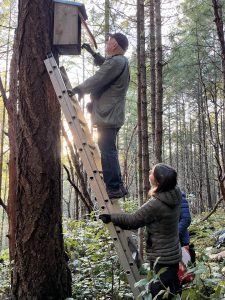
Western Screech Owl Nest Box Cleaning – photo by Habitat Acquisition Trust
Capacity Grants also have a two-year term and provide funding to build and strengthen the capability and capacity of organizations to design and deliver conservation or restoration projects successfully.
Capacity Grant projects this year include:
• $17,880 to ensure Guardians of Skwlāx te Secwepemcúl̓ecw can apply traditional ecological knowledge, cultural protocols, and the Secwépemc language to contemporary environmental stewardship practices.
• $25,000 for the BC Bee Atlas Capacity Building Project to respond to pollinator declines by training community scientists in bee survey and identification techniques.
• $25,000 to develop a comprehensive Wildlife Population and Land Use Plan that aligns with the Nak’azdli Whut’en Land Stewardship Plan, enhancing wildlife and habitat protections across 25,820 km² of traditional territory
Community Grants have up to five years to complete and involve as many volunteers as possible to implement on-the-ground conservation work, with a particular focus on hands-on, community-based, and public awareness initiatives.
Community Grant projects this year include:
• $3,904 to restore an endangered wetland Garry oak ecosystem in Vanier Nature Park in the Comox Valley.
• $7,085 for restoration of native amphibian habitat in Everett Crowley Park through invasive removal, native replanting, and amphibian habitat surveys.
• $7,200 to address habitat loss for Chunih Cho (fishers) by designing and deploying artificial den boxes in heavily fragmented forests.
See the list of all 2025 HCTF-funded stewardship projects here (PDF download) or on our Project Map.


